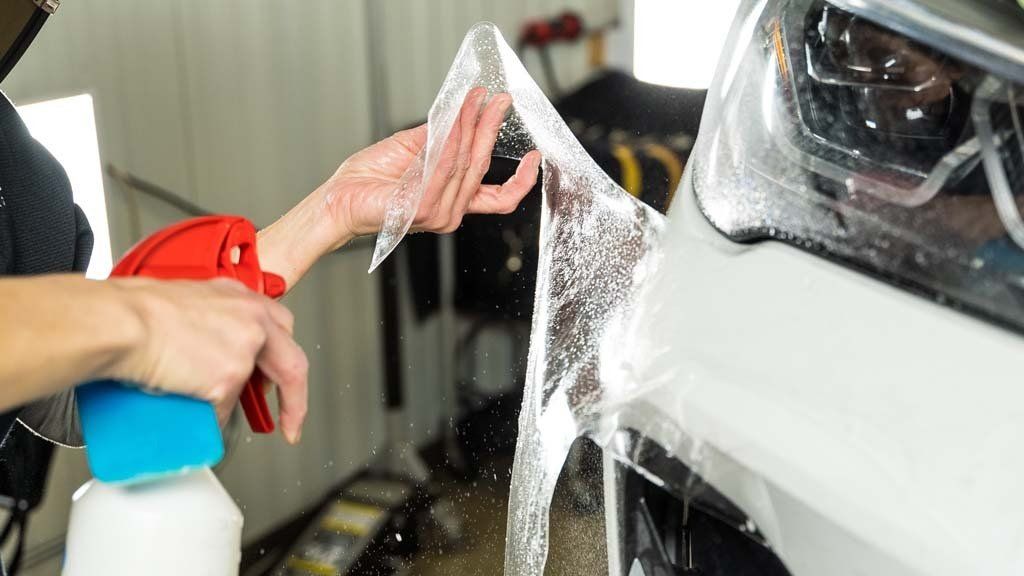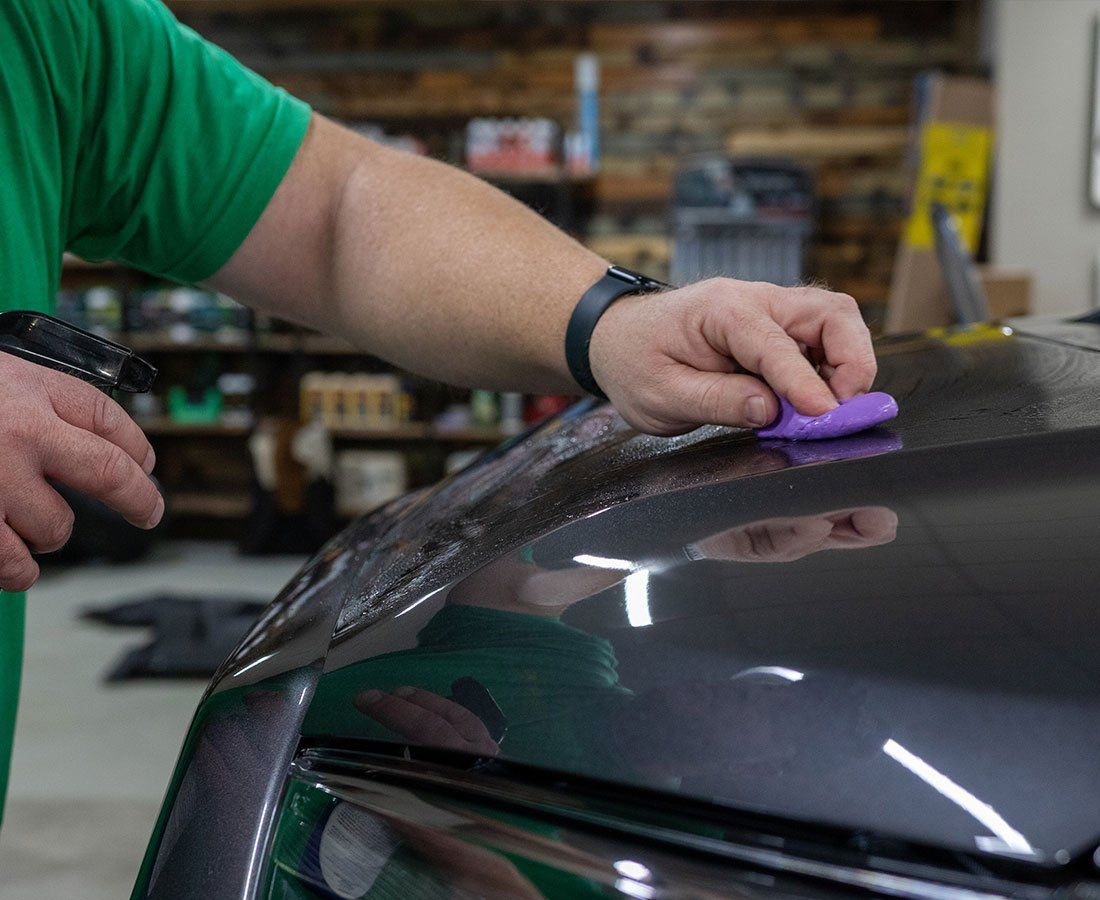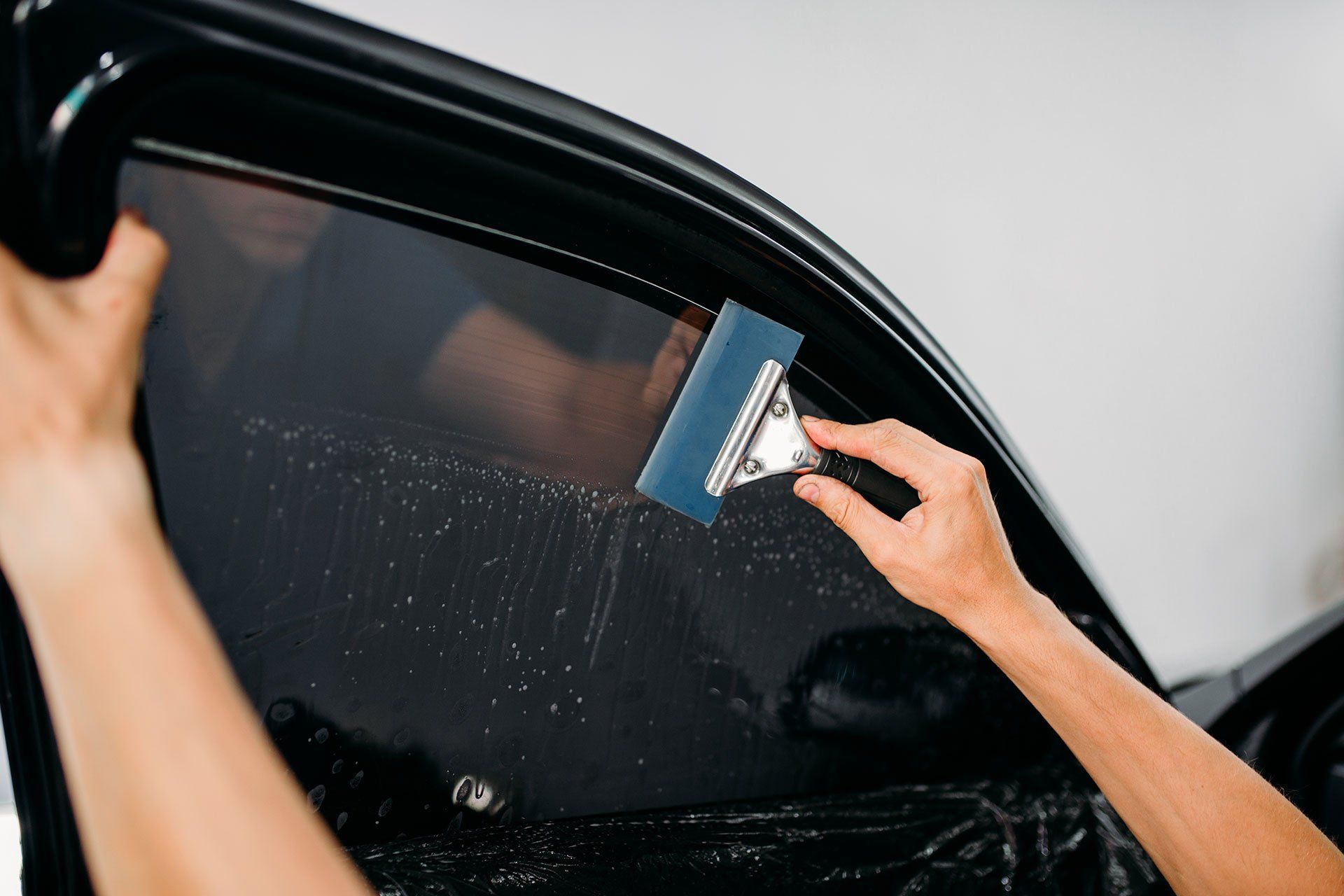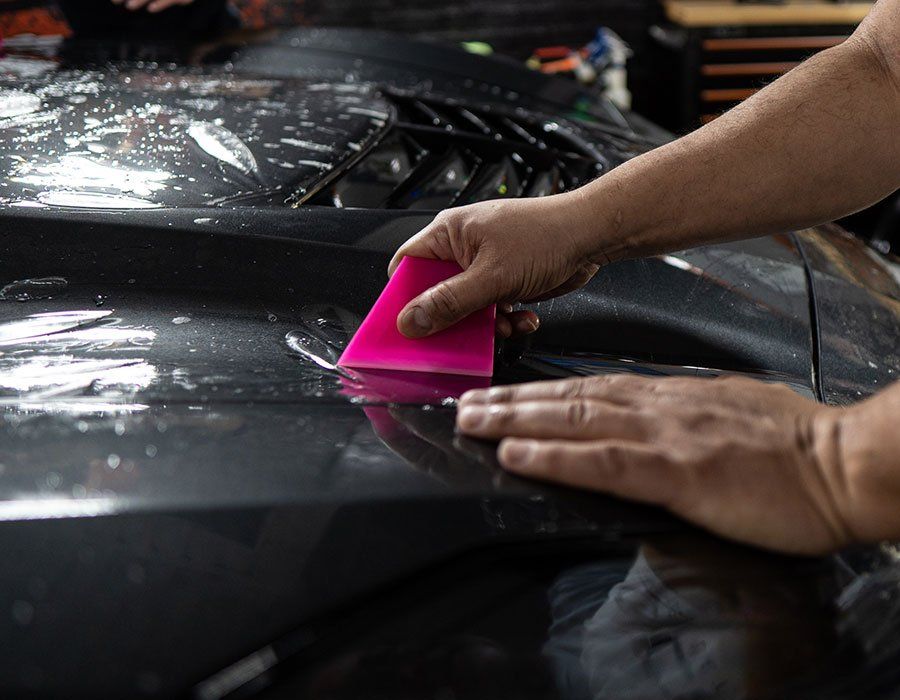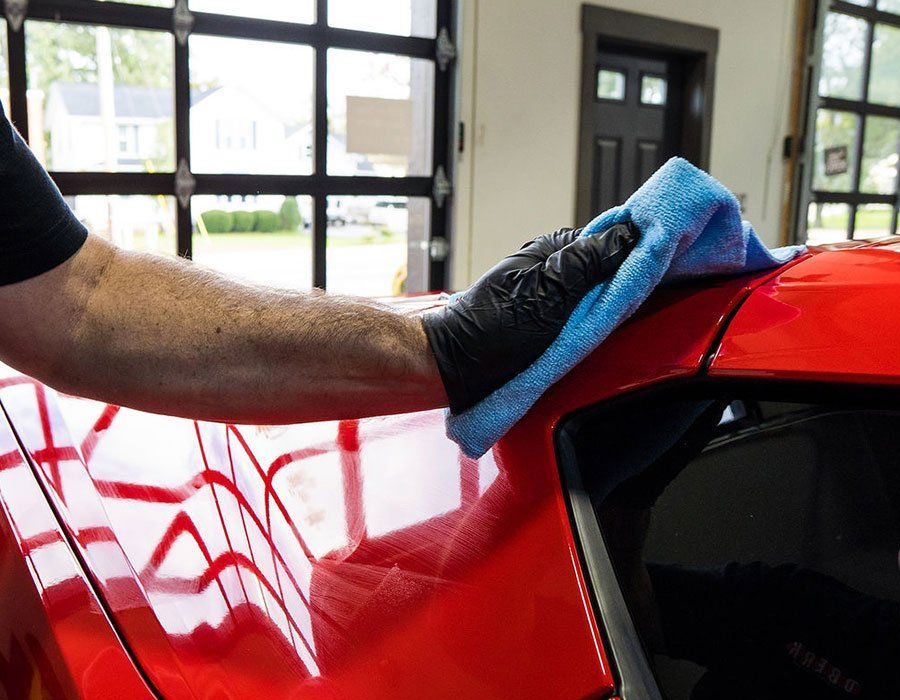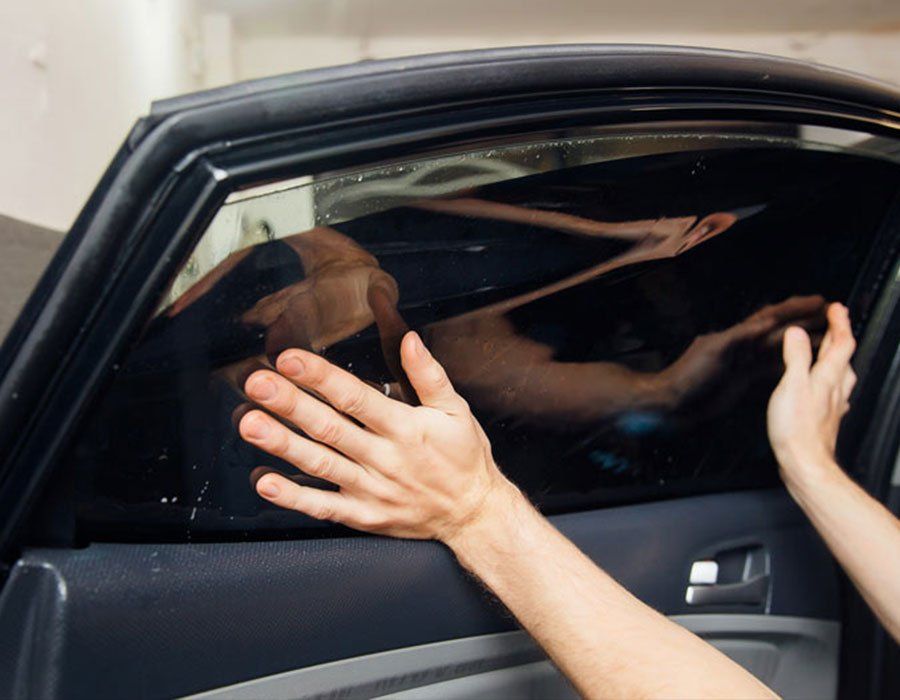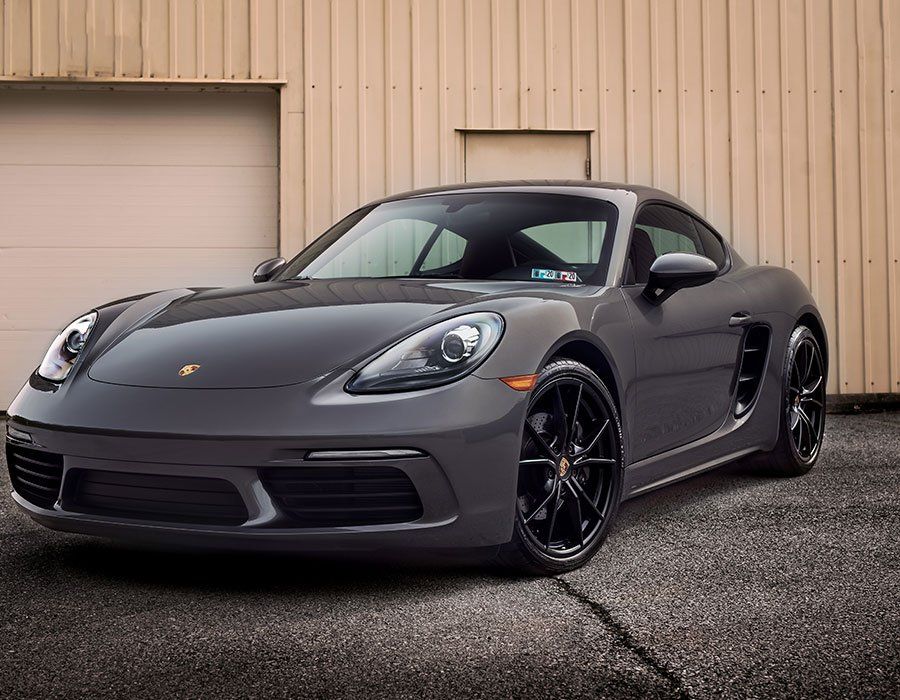Paint Protection Film (PPF) stands as the defender of your automobile's pristine finish. However, improper care of this protective layer could be like leaving that golden shield out in the rain, resulting in rust and damage. In the world of automotive detailing, there are certain expert-led best practices for cleaning and maintenance that ensure your car's PPF remains effective and unblemished. Dive into this resourceful guide that unravels top-notch tips that will not only save your car but minimize visits to auto detailers.
Maintaining and cleaning your paint protection film (PPF) is crucial to ensuring its durability, efficacy, and shine. To maintain your PPF, always use PH-neutral products, avoid corrosive or abrasive chemicals, blot and remove bird droppings or bug splatter immediately, and apply wax every 3-6 months. When cleaning your PPF, use a microfiber mitt, freshwater, and soap. Do not wash or wipe the film in direct sunlight or when it's hot, use petroleum- or resin-based products, or clean it with brushes. By following these best practices, you can extend the life of your PPF and keep it looking new.
Reasons for Diligent PPF Maintenance
Installing a paint protection film (PPF) can spare you from minor repairs and costly repainting and prolong the longevity of your car's exterior finish. However, maintenance is essential to ensuring its continued effectiveness, and there are reasons why diligent PPF maintenance should be prioritized.
Neglecting PPF care can lead to permanent damage to the film and, ultimately, to the paint beneath it. Grime, dirt, acid rain, bird droppings, and bug splatters—these small contaminants can seep through tiny pores or cracks in the PPF and leave a mark on the car's surface. Once they get in and settle on the paint surface below, it can be challenging to remove them without damaging the PPF.
Additionally, weather elements such as intense sun exposure and humidity can weaken the adhesive properties of the film. The natural wear and tear that comes with regular driving cannot also be ignored. If you want to get the most out of your investment in a PPF installation and protect your car from physical disturbances like scratches, chips, and dents, it's crucial to follow recommended maintenance practices.
Some may argue that diligent PPF care is unnecessary since these films are designed to last for years with minimal upkeep. While this may be true, neglecting proper maintenance not only voids any warranty that comes with the PPF installation but can also decrease its effectiveness over time. Others may suggest that weekly washing is enough PPF care. While regular cleaning is one aspect of maintaining your protective film's quality and durability, it does not encompass all the necessary steps for ensuring long-term efficacy. Proper care entails following all recommended practices concerning washing techniques and materials used, along with protecting the film from harsh weather elements.
Now that we've established the importance of maintaining a PPF through diligent upkeep, establish how diligent care can preserve your car's exterior finish and protect against damage.
Preservation of Exterior Finish and Protection against Damage
A well-maintained PPF serves as a barrier between the outside elements and your car's paint surface, preserving its finish and protecting it from damage. Providing an added layer of protection is crucial in today's driving conditions, as no one wants to see unsightly scratches, chips, or fading on their new (or old) vehicle. Diligent maintenance practices not only ensure that the PPF remains intact but also keep the paint under the film protected from the natural wear and tear that can come with regular driving. With PPF in place, minor scratches are less likely to affect the paint beneath it since they often stop at the surface layer of the film. This means that you'll only need to take care of the protective film in these instances, toning down repairs' frequency and costs.
The world is becoming more urbanized than ever before, with traffic congestion and construction sites dominating cities worldwide. Construction sites generate lots of dust particles that settle on surfaces everywhere, including cars, which can result in scratching over time. Notably, a PPF shields your car from most of this debris while making cleaning much more accessible and hassle-free.
Without proper upkeep, unexposed damage to the paint below due to weather exposure can lead to severe issues like oxidation. Spots caused by oxidation occur as soon as bare metal reacts with oxygen in the air, leading to deep marks that look like rust. This can cost a fortune if you need to have the paint repainted, and it could have been easily avoided with vigilant PPF care.
Some people believe that washing their cars is preferable despite PPF installation; they argue that this may negate the need for diligent PPF care as the standard cleaning will get rid of most contaminants that settle on the film's surface level. However, paying due care and attention to your PPF's maintenance exceeds its active life span, resulting in a well-kept vehicle over time. Now that we've explored how diligent maintenance can preserve vehicle finish, let's continue reading to learn about further steps within regular cleaning practices for PPF.
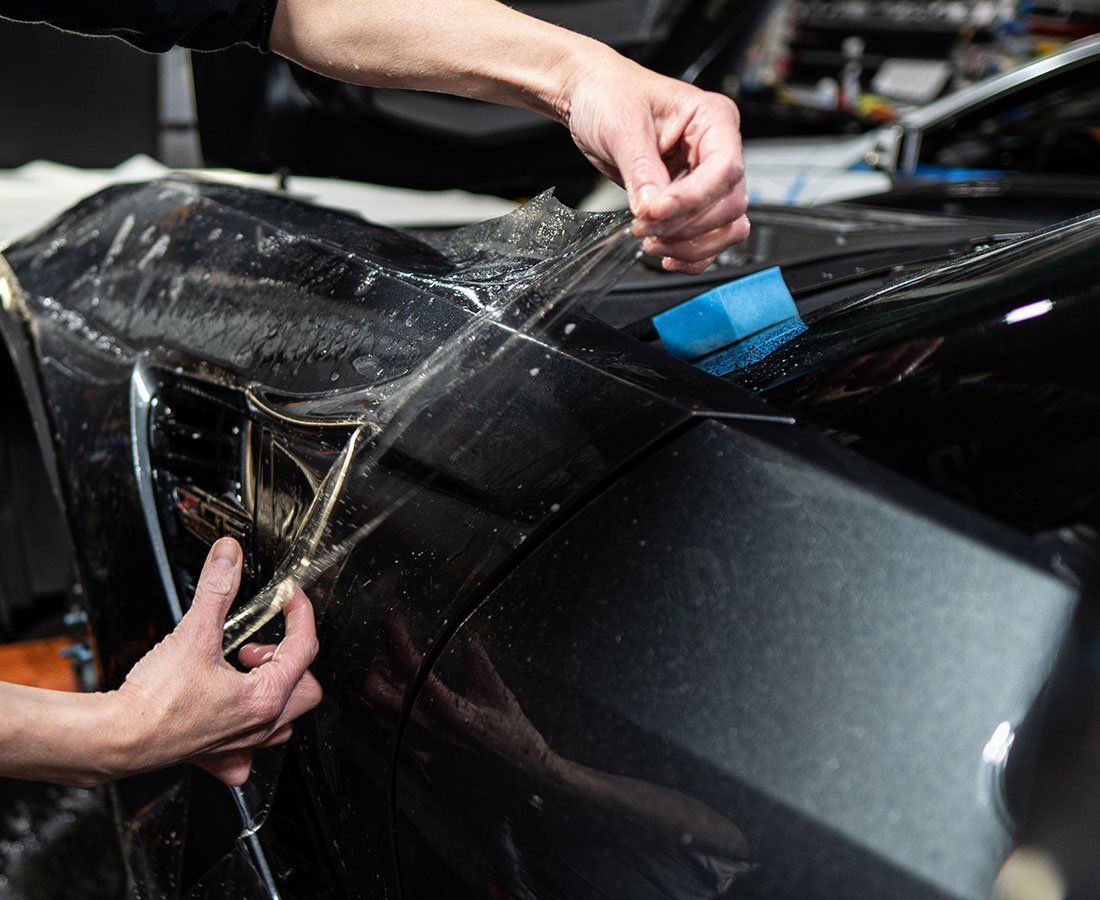
Regular Cleaning Practices for PPF
Maintaining your car's paint protection film is an essential aspect of protecting your vehicle from scratches, chips, and environmental contaminants. Cleaning the PPF on a regular basis will help maintain its clarity, gloss, and effectiveness against damage. However, it's important to use the right products and techniques while cleaning your PPF to avoid causing any damage to the protective film. In this section, we'll go over some of the best practices for cleaning your PPF.
You can clean your PPF by using a microfiber mitt or sponge with soap and water, just like when you wash your car. However, it's crucial to use a neutral-pH cleaner that doesn't contain harsh chemicals or abrasives. The cleaner should also be free from silicone and petroleum-based solvents, as they can cause discoloration or damage the film in the long run. When washing your car with PPF installed, avoid using a high-pressure washer or nozzle, as it could lift the edges of the film or peel it off. Instead, use a garden hose with moderate pressure to rinse off dirt and debris. You can also apply a lubricant spray to the surface of the PPF before wiping it down to minimize the risk of any abrasion.
Some car enthusiasts suggest using clay bars on PPF to remove stubborn contaminants such as tree sap, bird droppings, or bug splatters. While clay bars are excellent for removing these elements without harming your car's finish, they can also create micro-scratches on your car's protective film. However, if you decide to use detailing clay, make sure it is soft enough and specifically designed for use on paint protection films.
Cleaning a paint protection film is similar to washing glasses with a scratch-resistant coating. You would never use a paper towel or aggressive cleaners on your lenses, as they could create scratches and ruin your glasses' effectiveness. Instead, you use a soft cloth and gentle soap to prevent any damage. Now that we've covered how to clean your PPF effectively, let's move on to the next step in PPF maintenance: dust removal and surface sanitization.
Dust Removal and Surface Sanitization
Keeping your PPF free of dirt, dust, or smudges is essential to prolonging its lifespan. Unclean PPF can lead to paint damage, ruin the shine of your vehicle, and reduce the effectiveness of the film against physical damage. In this section, we'll discuss some methods for effective dust removal and surface sanitization.
The best way to remove dust from PPF is by using a microfiber towel or cloth. Gently wipe in a horizontal or vertical motion, avoiding excessive pressure or circular motions as they can create micro-scratches on the film's surface. If there's still visible dust or smudges after cleaning, rinse with water before gently wiping again.
Bird droppings are particularly dangerous for your car's finish, as they can cause water spots and stains. If left untreated, they can even penetrate the protective film and harm the paint underneath. To avoid any damage, remove bird droppings immediately by rinsing with water first and then wiping with a damp microfiber towel soaked in neutral-pH cleaner.
Some car owners prefer using wax products after cleaning their PPF to enhance their cars' protective features further. While wax does not harm PPF directly, it can be challenging to find a wax product that won't leave behind residue or streaks on PPF surfaces. Additionally, some waxes may contain abrasive components that could cause long-term damage. It's always recommended that you use a sealant instead of wax to ensure the PPF remains clear and protected.
Dust accumulation on a PPF can be compared to dust accumulation on your computer keyboard. Just like you wouldn't use a feather duster or harsh chemicals to clean your keyboard, you also want to avoid anything abrasive or caustic when dealing with the delicate surface of your car's paint protection film. Once you've cleaned and sanitized your PPF, it's crucial to maintain its cleanliness with a regular maintenance schedule. In the next section, we will go over best practices for cleaning in different seasons.
Immediate Action for Natural Contaminants
Natural contaminants like bird droppings, tree sap, and bug splatter are not only unsightly but also have the potential to degrade and stain your PPF. Therefore, it's essential to act promptly when you spot them on your car's surface.
If bird droppings are not removed from a PPF in time, they can leave behind etch marks that are almost impossible to remove without damaging the film. The best way to remove these contaminants is by using a dedicated cleaner or a mix of water and vinegar. First, apply the cleaning solution to the area with bird droppings or sap and let it soak for a few minutes. Then gently wipe the area using a microfiber towel until it's completely clean.
Bug splatter is another common issue that requires immediate attention. These pesky bugs can leave behind tough stains that are hard to remove without damaging the PPF. One effective way to get rid of these blemishes is by using bug spray. Apply the spray to the affected area and wait for a few minutes before gently wiping it off with a microfiber towel.
Just like you wouldn't leave a wound untreated, don't ignore natural contaminants on your PPF, as they have the potential to cause long-term damage if left unattended. Now that we've discussed how natural contaminants should be dealt with immediately, let's move on to discussing how seasonal changes can affect your PPF maintenance routine.

Season-Based PPF Care Regimen
Different weather conditions bring about distinct changes in how we need to care for our cars. Changing weather patterns require us to adapt to different challenges that threaten the shine, durability, and functionality of our PPF.
During the summer months, your PPF requires extra protection from UV rays. Over time, exposure to UV radiation can cause the film's adhesive to weaken and degrade, leading to a loss of its protective properties. To prevent this, we recommend regularly using a high-quality sealant or ceramic coating with adequate UV protection.
In the winter months, road salt and ice can be particularly challenging for PPF protection. Salt can corrode unprotected surfaces and cause long-term damage to your car's exterior finish. Thus, frequent cleaning is necessary in snowy conditions to remove any buildup of salt and other contaminants. In these conditions, we suggest hand-washing your car with warm water and mild soap.
Additionally, seasonal changes have a significant effect on how often you should clean your car. During dry summers or hot springs where there's more dust or dirt in the air, you may need more frequent washes than during wetter seasons. However, some may argue that overwashing can do more harm than good as it puts undue stress on both the film and the underlying paint. To avoid over-cleaning while maintaining excellent hygiene levels for your protection film surface, we recommend using a gentle approach when you're not tackling tougher contaminants.
Now that we've discussed how changing weather conditions can make a difference in your PPF maintenance practices, it's essential to always stay vigilant and ensure you're keeping up with every best practice to maintain your car's exterior.
Adaptation to Changing Weather Conditions
Maintaining and cleaning your PPF is not a "one size fits all" practice. The changing weather conditions from season to season can have a significant impact on the care regimen you should adopt for your vehicle. Adapting to these changes can help you maintain the efficacy and durability of the PPF, effectively prolonging its lifespan and preserving your car's exterior finish.
For instance, in winter, road salt, sand, and other deicers are typically used on roads to keep them safe for driving. While essential for safe driving conditions, these substances can cause significant damage to your car's exterior finish if not adequately removed. Make sure you regularly wash and rinse your vehicle: first with pH-neutral soap to remove any dirt or debris, then with clean water to rinse it off thoroughly.
During the spring and summer months, pollen becomes a prevalent issue that affects the appearance of your car. Airborne contamination from trees, grass, and flowers adheres to the surface of the PPF, diminishing its sheen over time. This can cause paint discoloration or other issues that will make it difficult for you to enjoy driving around in style. Using a high-quality microfiber cloth or sponge is helpful in removing sticky residue without causing damage to the finish.
Some car owners may be tempted to skip washing their cars during rainy or snowy weather because they believe they will get rinsed naturally. However, allowing precipitation to sit on your vehicle's surface can lead to severe corrosion or rusting over time. Always strive for regular maintenance regardless of weather conditions, as this takes significantly less effort than fixing problems later on.
In summary, as a car owner, it's critical to be aware of weather changes that can affect the maintenance of your PPF. A regular care regimen that adapts to changing weather conditions is crucial to ensuring the durability and effectiveness of the PPF. By paying extra attention to areas affected by seasonal contaminants like pollen, salt, sand, or rainwater, you can maintain your vehicle's exterior finish throughout all seasons. Strive for good maintenance practices year-round for optimal protection against environmental and physical damage!
Looking for a Trusted Paint Protection Service in Tarpon Springs, FL? Call Us!
Experience the ultimate in automotive paint protection with Auto Film Guys, your trusted and reliable paint protection service provider in Tarpon Springs, FL. Our team of experts is dedicated to preserving the beauty and integrity of your vehicle's paintwork, ensuring it remains flawless and free from unsightly damages. Trust us to apply top-of-the-line paint protection films that offer unmatched resistance against chips, scratches, and environmental hazards. Don't compromise on quality or settle for subpar solutions. Choose Auto Film Guys and safeguard your vehicle's value and aesthetics for the long haul. Schedule your appointment today and discover why we are the go-to choice for paint protection in Tarpon Springs. Your car deserves the best, and we deliver nothing less!
The Auto Film Guys Blog
